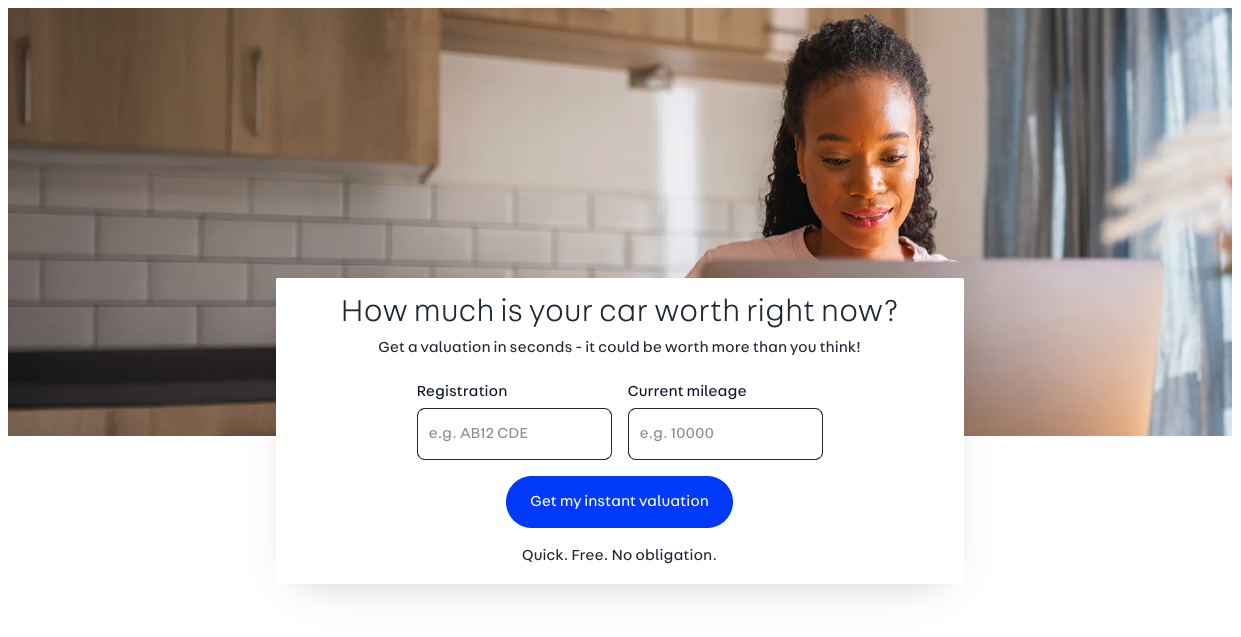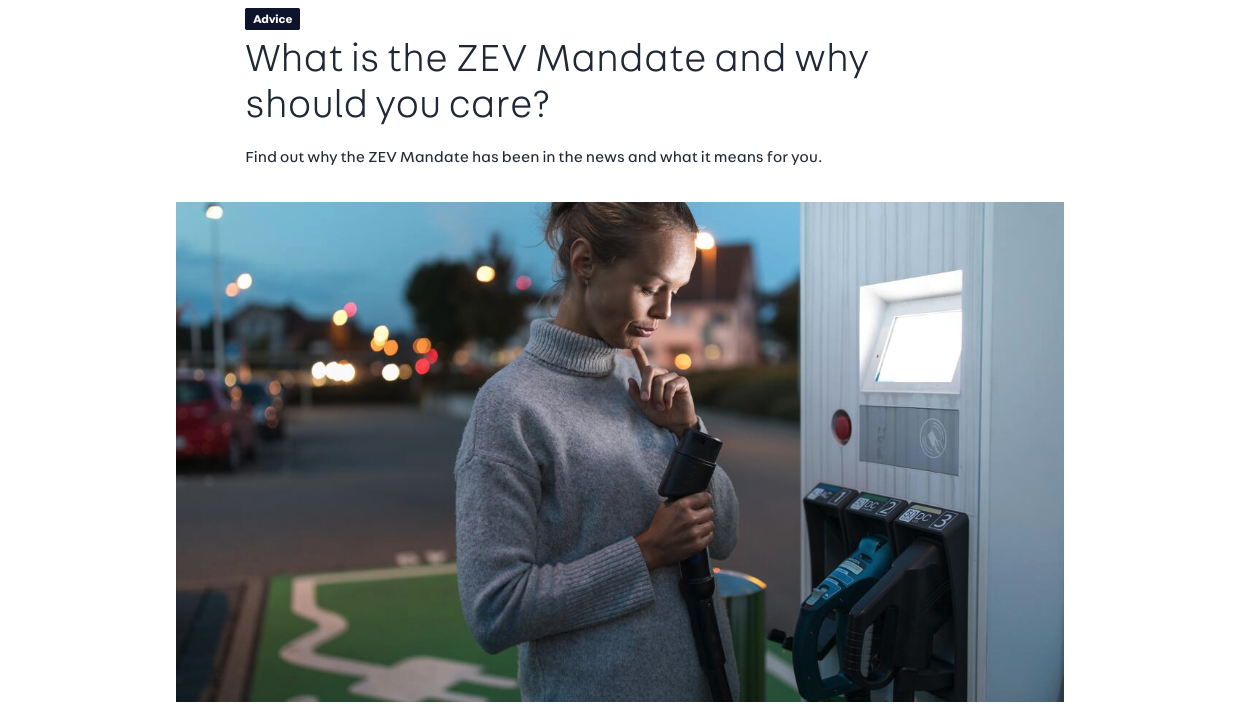Introduction
Finding your next car today is nothing like flicking through the classifieds in the 1980s.
95% of buyers now begin online, spending around 14 hours researching and comparing vehicles long before they step onto a forecourt. They browse at night – often between 7–9 pm – read reviews, check dealer ratings and play with finance calculators. Only a small fraction (5–12%) will actually complete the full purchase online, but a whopping 86% expect a hybrid experience that blends digital and in‑store interactions. Convenience and speed matter more than even stock availability.
Our 2025 Car Dealerships Index shows the car‑dealership sector grew by 8% in organic traffic. Yet the growth isn’t evenly spread. Some brands are losing visibility, while a few are powering ahead. We run this analysis biannually, and one name keeps cropping up Autotrader. They’ve owned the category for years and still dominate it. With an organic visibility score of 13.7 million and +17% year‑on‑year growth, Autotrader remains the dominant force in UK car search. But dominance alone isn’t why we’re spotlighting them. It’s how they’ve continually reinvented the online car‑buying experience with smart UX, data‑driven CRO and a content ecosystem that feeds every stage of the funnel.
Click here to access our latest Car Dealerships Market report. 100+ brands ranked across search/brand/social
Market context
Gen Z and millennials do around 60% of their research on mobile and prefer to handle deposits and finance digitally. Older buyers still want to visit a dealership but will thoroughly vet a brand online first. AI is creeping into the process, too. 62% of consumers say they’re comfortable using chatbots or AI tools for car advice, and 85% appreciate personalised recommendations. Meanwhile, government incentives and rising fuel costs drive interest in EVs and hybrids – a trend younger buyers are embracing faster than older demographics.
In SEO terms, the sector is noisy. Ad listing platforms, manufacturer sites, dealer groups and comparison engines all compete for the same SERP real estate. The report’s visibility vs authority analysis shows that many brands with high domain authority are underperforming because their sites are slow, thin on content or poorly structured. Others achieve high traffic scores despite modest authority by nailing technical SEO and UX. Autotrader sits firmly in the former category: high authority and high traffic – the market leader that still manages to innovate.
Why Autotrader still dominates
Search experience built around the user
Autotrader’s search is more than a filterable list. It’s a full‑funnel experience designed to mimic the questions people ask during their research. Visitors can search by make, model, price, mileage, fuel type, emissions, insurance group and even CO₂ output. Results pages show at‑a‑glance indicators like “good price”, “great price” or “priced high” based on Autotrader’s own data, helping shoppers make decisions quickly. You can favourite cars, compare multiple listings and receive alerts when prices drop – features that keep users engaged and returning.

The UX feels as familiar on mobile as on desktop. Sticky filters, lazy‑loaded images and progressive disclosure mean pages load quickly and don’t overwhelm. This attention to performance ties directly into Google’s Core Web Vitals. Autotrader’s pages routinely score well on Largest Contentful Paint and Interaction to Next Paint, giving them an algorithmic edge.
Building trust with valuations and data
One of Autotrader’s most brilliant moves is turning its data into products. Their free online valuation tool is one of the most used features on the site. It lets sellers get an instant price based on live market data – a hook that brings millions of visitors and feeds the company’s first‑party data. This data powers pricing indicators on listings and underpins the “good price” badges. It’s both a CRO tactic (reducing friction and haggling anxiety) and an SEO play: valuation pages rank for “car value” keywords and attract backlinks from finance and consumer‑advice sites.

Autotrader also releases regular market reports and industry insights, positioning itself as an authority beyond just an advertiser. This content earns links from news outlets and automotive blogs, bolstering domain authority and trust signals. It’s the opposite of spammy link building – it’s topical authority done right.
Content and community
Autotrader runs a news and reviews section with professional road tests, buying guides and industry commentary. Articles answer questions like “Is now a good time to buy an EV?” or “How does PCP finance work?” Each piece is optimised for long‑tail search queries and includes videos, infographics and pros‑and‑cons lists. This supports buyers at the research stage and keeps Autotrader visible for informational searches that competitors often ignore.

Autotrader has also invested heavily in YouTube, perhaps after seeing the astounding success of carwow’s YouTube strategy, with car reviews and head‑to‑head comparisons that rack up millions of views. This not only builds brand awareness but drives highly engaged traffic back to the site, creating a virtuous loop between social media and search. Their presence on TikTok and Instagram further humanises the brand, while still pushing users toward the core platform.
Seamless path from search to showroom
Despite being a pure marketplace – they don’t own any physical dealerships – Autotrader makes the online‑to‑offline transition effortless. Users can contact dealers directly through a form or chat, book a test drive, and even secure finance through partner services, all without leaving the listing. Dealers can upload 360‑degree interior and exterior spins, video walk‑arounds and include embedded click‑to‑reserve buttons. For private sellers, the process is equally smooth; Autotrader guides them through uploading photos, writing descriptions and setting prices. This dual‑sided optimisation means both buyer and seller journeys are frictionless, contributing to high conversion rates.
Funnel snapshot – how Autotrader guides users
- Awareness: User searches “best used hatchbacks under £10k”. Autotrader’s buying guide and valuation tool pages rank in top spots, capturing informational intent.
- Consideration: On the search results page, dynamic filters and price indicators help narrow options quickly. Valuation and insurance tools offer personalised context.
- Decision: Listing pages include finance calculators, contact forms and reserve buttons. Email alerts and saved searches nudge undecided buyers.
- Post‑sale: Newsletters and personalised recommendations keep users engaged for servicing, selling or upgrading, feeding the flywheel.
Key takeaways for dealers
- Data is your differentiator. Autotrader’s valuation tool drives traffic and builds trust. Dealers should look at how their own data (inventory turnover, customer reviews, price histories) can be turned into interactive tools or content that earns links and attention.
- Optimise for UX and speed. Fast, filterable search and clear pricing indicators make decision‑making easy. Invest in Core Web Vitals and CRO elements like sticky filters, comparison tools and saved searches. These signals matter to both users and search engines.
- Own every stage of the funnel. Autotrader educates buyers, guides sellers and provides after‑sales insights. Building content hubs around financing, EVs, servicing and insurance creates multiple entry points for searchers.
- Leverage multi‑channel storytelling. Video reviews and social snippets humanise your brand and drive branded search demand. Use social to feed search. Use search to capture intent and feed social retargeting.
- Monitor authority vs visibility. The Salience report stresses the balance between domain authority and traffic. If you have authority but poor traffic, fix your UX and content. If you’re an overachiever with high traffic and low authority, invest in relevance first digital PR to make noise in the places your audience hangs out and generate traffic with genuine intent.
Conclusion
Autotrader’s continued dominance is no accident. In a sector where buyers are restless, digitally savvy and demand convenience, they deliver a search experience that’s fast, data‑driven and trustworthy. Their tools turn complex decisions into simple ones, their content answers every niche question, and their omnichannel approach keeps users coming back. For dealerships wondering how to thrive in 2025’s search landscape, Autotrader is both a benchmark and an inspiration. Copying them won’t be easy – they’ve had decades to refine their model – but learning from their commitment to user experience, data, and content will put you miles ahead of the competition.
What’s Next
- Want the full 69-page Car Dealer sector report featuring data on over 100 more car dealers? Download your free copy here
- Need hands‑on support? Learn more about our eCommerce SEO service and see how we build “search for humans, not algorithms.”
- Want more content like this delivered daily? Connect with Michael or myself on LinkedIn, where we share regular insights, practical tips, and industry analysis to help you stay ahead of the curve.
